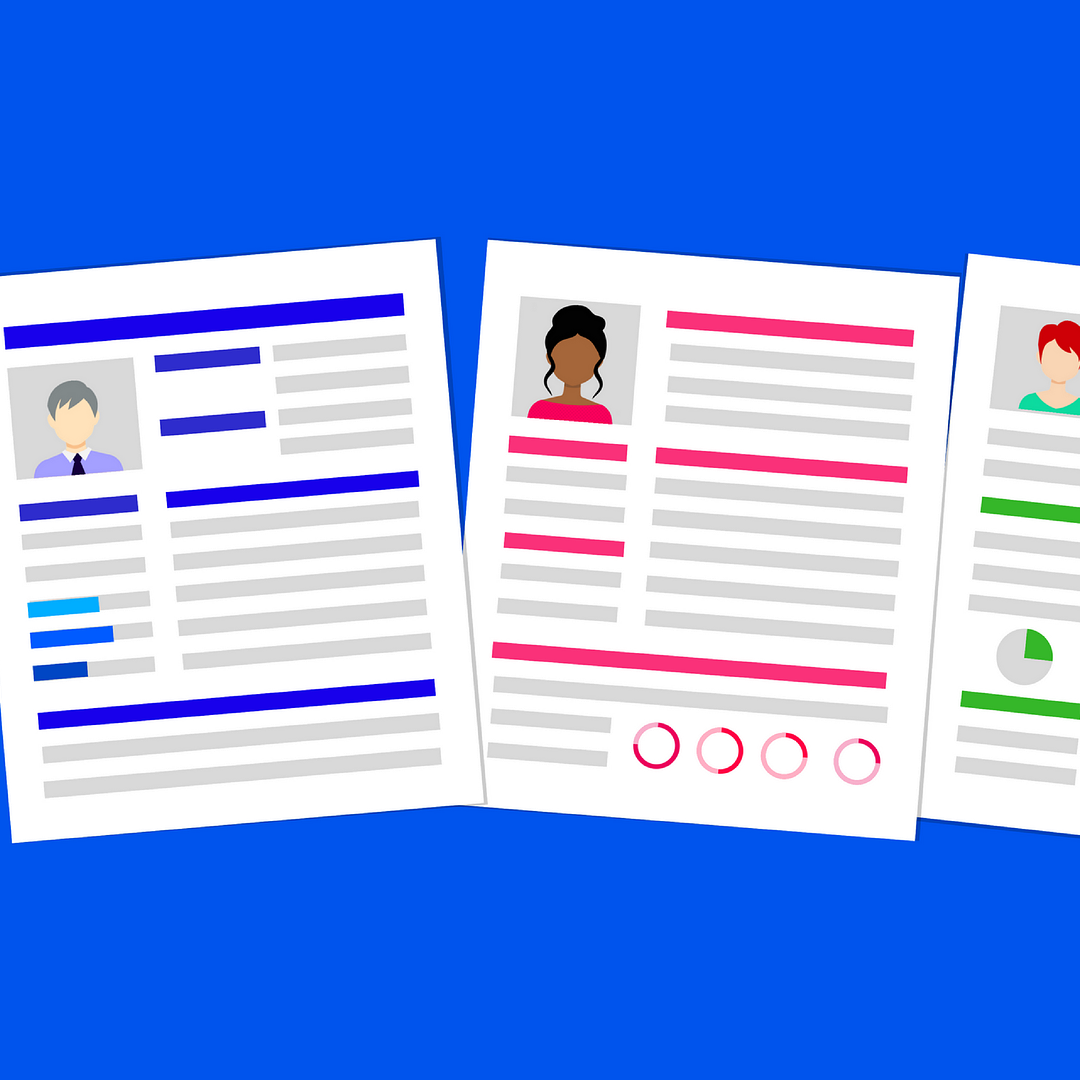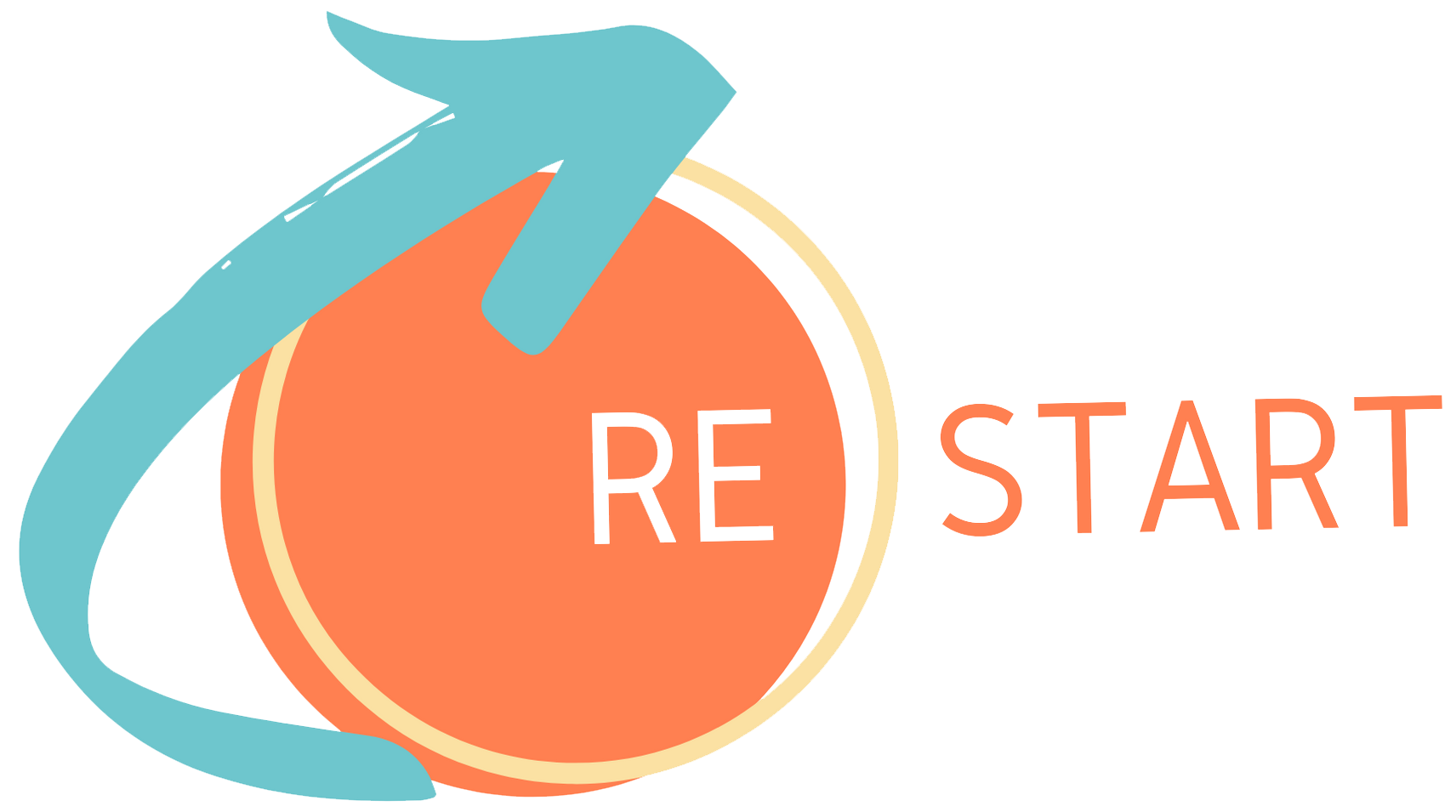Introduction
Once you have finished your job investigation and have found some job opportunities, you have to prepare the documents you need to apply for a job.
Usually there are 2 main documents used initially in job application process: CV and Cover Letter.
CV provides an overview of your experience and qualifications. The Cover Letter accompanies your CV as a 1-page document, providing to the potential employer information like why you are applying for the position, what makes you qualified for the job and how you will contribute to the business / organization.
Your CV and the Cover Letter should convince the potential employer that you are the best suitable candidate for their job opening.
Objective
The activity aims to support you in the process of creating your main job application documents: CV and Cover Letter.
Step 1: Writing your CV
Here is what you have to include in your CV, carefully reflect on these points:
- What job am I looking for (nurse, secretary, mechanics, IT?)
- What candidate might they be looking for? What kind of person do they want to hire? Try to find as much information on the organization as possible and keep this in mind throughout your CV.
- Best practice of a CV and cover letter (national examples)
- Personal details, including name, address, phone number, email address and possibly any professional social media presence. There are different rules regarding the information on the date of birth and the photo depending on countries. In some countries a photo is required to complete a CV, while in other countries no photo should be added for reasons of age, gender or race discrimination.
- School and professional education
- Employment experience, starting with your most recent job first. Include dates and temporary or voluntary jobs if appropriate.
There are two ways to provide information on your professional experience. In some countries it is common to give first information on school education and then start with the first job in chronological order, while in other countries is more common to start with the recent job first and then go back in time. Sometimes it depends on your activity and performance during your lifetime and what you want to highlight in the CV. In case recent years have not been that successful, then start with your first working experiences.

- Skills and competences gained from training and past jobs always with reference to the most recent first. At minimum you must include your:
a. language skills
b. computer skills
c. other relevant professional skills (i.e. driving license, etc.) - Further qualification/training courses.
- Interests and/or voluntary activities that might be relevant (but not always).
Internet space provides a broad selection of CV templates to address successfully every candidate’s CV needs. Recently there is an increasing demand and use for the EUROPASS CV template which helps you to present your skills and qualifications effectively and easily. At the following website: EUROPASS, you can create you CV in all the European languages, following the relevant instructions.

Step 2: Writing your Cover Letter
Here is what have to include in your Cover Letter:
1. Date – start with it, placing it on the top left corner of the document
2. Contact Information
There are two ways to list contact information on your cover letter, depending on whether you’re providing a digital or paper copy. If you’re submitting a digital copy online, you will be required to fill in specific data in the online form.
In a paper version, you place personal data under the date. Here is the minimum info you should write down:
- Your Name
- City, State
- Phone Number
- Email Address / Instant messaging (i.e. skype, WhatsApp)
3. Salutation / greeting (i.e. Dear Mr. / Mrs. / Hiring Manager)
4. Content
a. Usually, the content consists of 3 paragraphs: opening, middle and closing. In the opening paragraph you introduce yourself and let the hiring person know why you are applying for this job and how did you find the job advertisement. You should sound excited for this job opportunity. In the middle paragraph you present your most relevant experience and talk about the specific qualifications and skills that make you the perfect candidate. Note that the hiring person will likely have read your CV already, so avoid repeating the bullet points from it. Instead, include details that more deeply illustrate your highlights. If you have a vision about your future contributions to the work, share it with possitivity. Always keep in mind you want to convince the employer you are the best candidate…And in the closing paragraph you thank to the hiring person for consideration of your application.
Keep in mind that the Cover Letter is good to be 1-page long.
Here is a useful link that can help you with the wording in your Cover Letter:
There is also an EUROPASS Cover Letter template. You can create your Cover Letter in all the European languages, filling in the relevant template sections. You can find it here:
Step 3: Be aware about the following details
• The details you include in your CV and Cover Letter should be adapted to the specific position you are applying for. There is no need to share the whole story of your life but only the information which is relevant for the hiring decision;
• The documents should be clearly formatted with the use of a common type font (Arial, Verdana, Calibri). The most preferable font size is the 11 pt.
• Print out your documents and carefully check their layout and read it. If there is such an option – ask a friend or someone else, who might help you in this area, to proof-read your job application documents.


